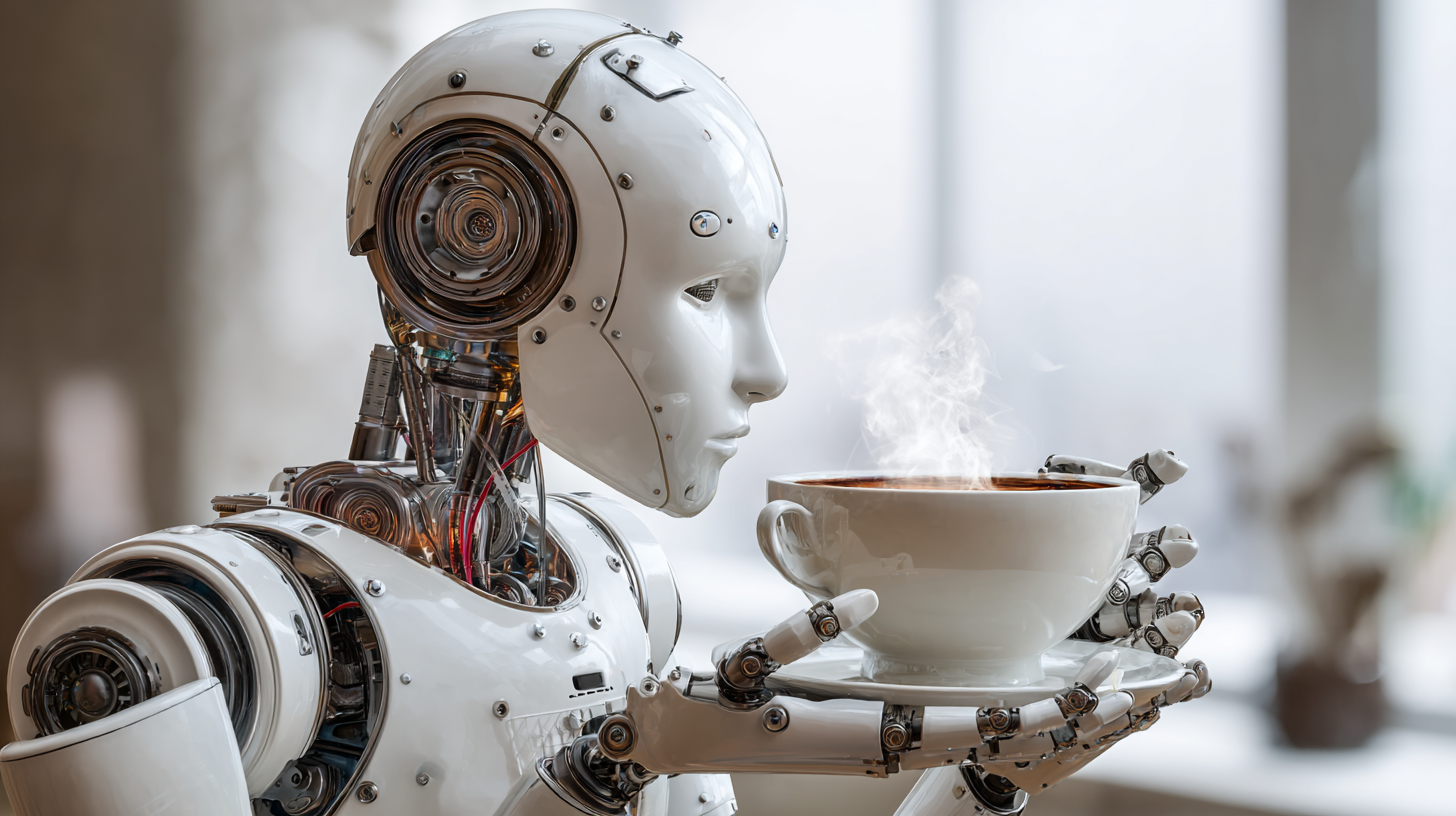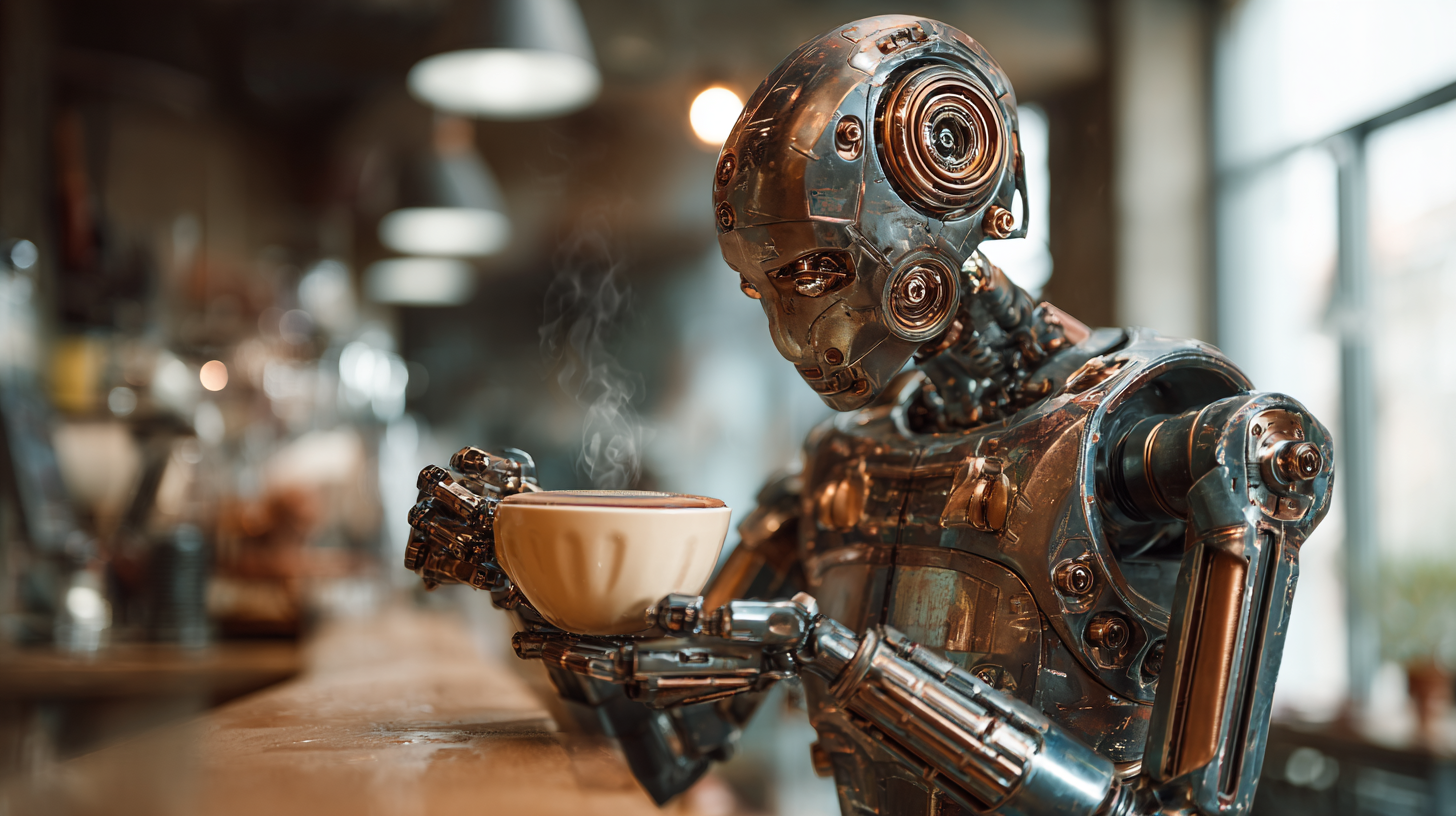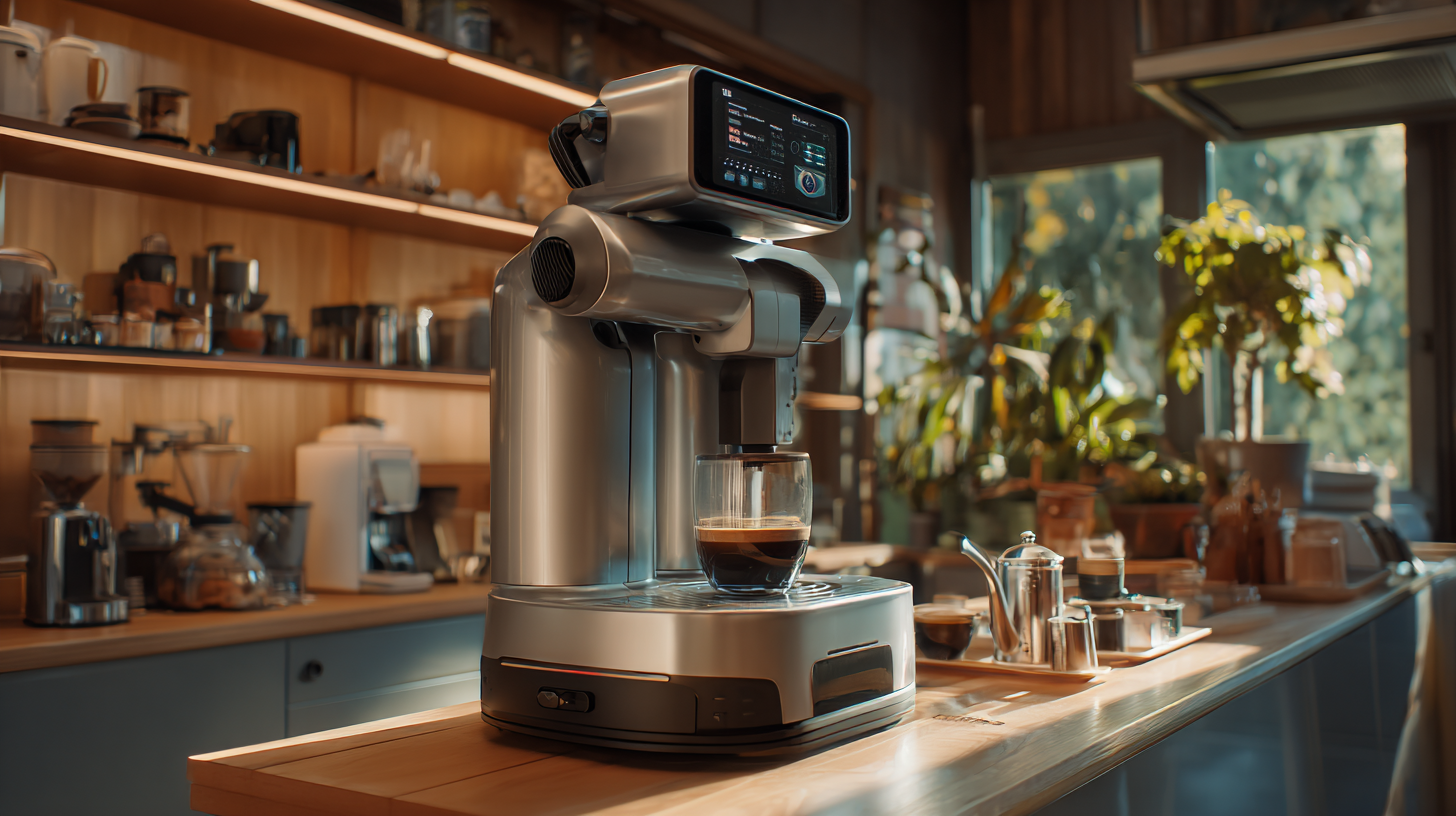In today's fast-paced world, where efficiency and innovation are paramount, the emergence of robots in the food and beverage industry is transforming customer service experiences. One notable advancement is the deployment of robots serving coffee, designed to streamline operations and enhance customer interactions. This ultimate guide delves into everything you need to know about selecting the best robotic solutions for your coffee-serving needs. We'll explore various industry applications that showcase the effectiveness of these cutting-edge machines, as well as provide a comprehensive "how-to" approach for integrating these robots into your business. Whether you're a café owner looking to improve productivity, or an entrepreneur seeking to enter the coffee service market, understanding the myriad options and capabilities of robots serving coffee will equip you with the knowledge necessary to make informed decisions and elevate your service offerings.

When choosing the best robot for serving coffee, several key features should be considered to ensure efficiency and customer satisfaction. Firstly, the robot’s navigation capabilities are crucial. According to the International Journal of Robotics Research, robots equipped with advanced sensors and mapping technology can reduce delivery times by up to 30%, allowing them to navigate busy cafés and restaurants seamlessly. Additionally, battery life is another important factor; a robot that can operate for at least 8 hours on a single charge ensures it can handle peak periods without interruptions.
**Tip:** Look for robots that come equipped with AI-driven learning algorithms. These systems can adapt to their environment and improve their performance over time, providing a better user experience.
Another essential feature is the ability to interact with customers. Robots that incorporate touch screens or voice recognition can enhance the dining experience by allowing patrons to customize their orders in real-time. Research from the Coffee Quality Institute suggests that personalized service significantly increases customer engagement and satisfaction rates, making it a worthwhile investment for any establishment.
**Tip:** Consider robots that offer multiple interface options, such as mobile app integration, to cater to varying customer preferences.
| Feature | Description | Importance |
|---|---|---|
| Beverage Variety | Ability to serve different types of beverages like coffee, tea, or hot chocolate. | High |
| User Interface | Ease of use for customers, including touch screens and voice commands. | High |
| Mobility | Ability to navigate different environments efficiently. | Medium |
| Capacity | Maximum number of beverages it can hold for serving. | Medium |
| Maintenance | How easy it is to clean and maintain the robot. | High |
| Safety Features | Includes sensors and alarms to prevent accidents. | High |
| Connectivity | Compatibility with mobile apps and other devices for ordering remotely. | Medium |
| Battery Life | Duration the robot can operate before needing a recharge. | High |
When it comes to enjoying a perfectly brewed cup of coffee, the innovation of coffee-serving robots has taken the beverage experience to a new level. In 2023, several models stand out as top contenders, combining functionality with advanced technology to serve your coffee just right. Our focus here is on the top five coffee serving robots currently on the market, showcasing their unique features and capabilities.

The first model worth mentioning is the CoffeeBot 3000, which boasts an impressive robotic arm that precisely measures and pours coffee with a touch of finesse. It comes equipped with a customizable menu that allows users to choose from various brewing methods and flavors, ensuring a personalized experience. Following close behind is the Barista Buddy, designed to emulate the skills of a professional barista, featuring an integrated latte art printer for those who appreciate a visual treat alongside their morning brew.
Other notable mentions include the BrewMaster Pro, Robotista, and SipBot, each bringing their own set of unique innovations, such as smart home integration and voice control, transforming how we enjoy coffee at home or in the office. These robots not only make serving coffee convenient but also add an element of excitement to the daily ritual.
When it comes to choosing the perfect coffee-serving robot, understanding the price spectrum is essential. On one hand, budget-friendly coffee robots offer great introductory options for those who are new to automated brewing. These models typically range from $100 to $500 and provide basic functionalities, making them an excellent choice for casual coffee drinkers or small cafes aiming to save on labor costs. They may not have the latest technology or sleek designs, but they get the job done without breaking the bank.
On the other hand, high-end coffee robots can set you back anywhere from $1,000 to upwards of $10,000, but they come laden with advanced features that justify their price tag. These premium machines often include customizable brewing options, sophisticated interfaces, and even app connectivity for remote operation. They are designed for serious coffee enthusiasts or establishments that prioritize quality and efficiency. While the initial investment is significant, the potential for enhanced customer experiences and consistent coffee quality can make it a worthwhile expenditure for dedicated businesses.

As coffee robots become increasingly popular in homes and cafes, user experiences play a crucial role in determining which machine is the best fit. Reviews from coffee enthusiasts reveal a range of functionalities, from precise brewing to customizable settings. Many users appreciate machines that allow for the adjustment of coffee strength and temperature, providing a personalized coffee experience. Testimonials often highlight the convenience of programming the robot for different types of coffee, ensuring that both espresso lovers and cappuccino enthusiasts can enjoy their perfect cup.
When considering a coffee robot, it's essential to look for user feedback on durability and maintenance. Some models may require regular cleaning, while others boast self-cleaning functions, significantly enhancing user satisfaction. Prospective buyers should also pay attention to the ease of use; machines with intuitive interfaces tend to garner more positive reviews. For those new to coffee robots, starting with a mid-range model that offers a variety of features without breaking the bank is often a wise decision.
One critical tip is to seek out machines that integrate technology for remote control via apps, as this adds a layer of convenience. Users can schedule brew times from anywhere, which is particularly appealing for busy individuals. Additionally, exploring social media and online forums can provide real user insights, helping potential buyers make more informed choices based on authentic experiences.
As technology advances, the coffee industry is witnessing a surge in robotics designed to elevate the coffee-serving experience. Future trends in coffee robotics point towards enhanced personalization and artificial intelligence integration. Expect robots that not only brew coffee but also learn individual preferences over time, serving up customized blends tailored to each customer. This level of personalization is set to create a unique and engaging experience that keeps coffee lovers returning for more.
When considering the future of coffee robotics, it's essential to stay updated on the latest innovations. Tips for selecting the best robotic coffee server include evaluating the ease of use and maintenance requirements. Look for machines that can seamlessly integrate with mobile apps, allowing customers to place orders and customize drinks right from their smartphones. Additionally, consider robots with advanced steaming and frothing capabilities, as these features can significantly enhance drink quality.
Moreover, sustainability is becoming a key focus in coffee robotics. As consumers become more environmentally conscious, opt for robots that prioritize eco-friendly practices, such as energy-efficient designs and waste reduction features. This shift not only meets customer expectations but also supports a more sustainable coffee industry.